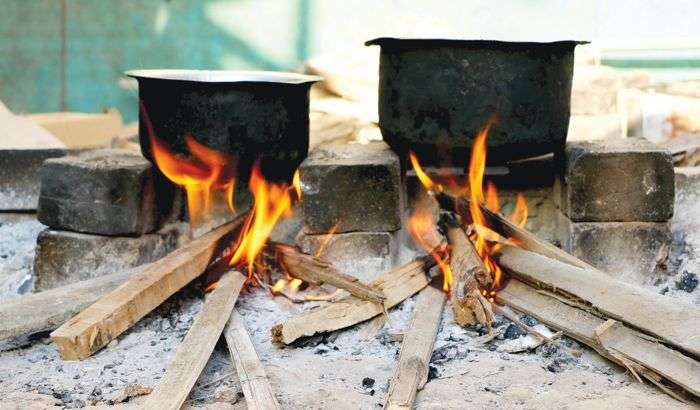The AKTC project director Ratish Nanda, says “the wall is up to nine feet below the current ground level at the heritage park; it would be restored and landscaping in that area would be done.
An enclosure wall dating back to the 16th century enclosure wall recently discovered at the Qutb Shahi Tombs complex.
A retired director of the Archaeological Survey of India (ASI) K.K. Mohammed, who now works for the Aga Khan Trust for Culture (AKTC) says that “The 243-metre long enclosure was built long before the tomb complex.”
The AKTC is currently involved in the restoration of the Heritage Park where the Qutb Shahi Tombs are located.
The AKTC project director Ratish Nanda, says “the wall is up to nine feet below the current ground level at the heritage park; it would be restored and landscaping in that area would be done.
Elaborating further, Nanda says removal of 20th century cement layers from facades of Sultan Quli Qutub Mulk’s tomb and Fatima Sultana’s tomb had revealed the 16th century plaster details, which are being restored.
He adds that the arcade of the Badi Baoli would be rebuilt sometime during this year.
An extraordinary feature of the Qutb Shahi tombs is that the entire dynasty – which lasted 174 years from 1512 – 1686 AD – is buried in this necropolis, except for the last ruler, Tana Shah.His defeat at the hands of Mughal Emperor Aurangzeb’s army, spelt the end of the Qutb Shahi dynasty in 1686 AD.
According to Nanda “Conservation of all the 72 monuments and lanscaping of the 108-acre complex, including the Deccan Park area, are the two principal objectives of AKTC. This is a unique necropolis in this part of the world”.
Meanwhile the AKTC has sent out a formal request to the Government of India for a grant of Rs 85 crore after the announcement of the Union Budget to construct a Site Interpretation Centre that will house a permanent exhibition in the park and for landscape restoration efforts.
The Telangana G BP Acharya says overnment’s Principal Secretary Planning says “We are yet to know how much funding the heritage site will receive”.
In its conservation and restoration work on the tombs, the Aga Khan Trust has received many international accolades and acclaim.
The Telangana State Archaeology and Museums department collaborated with the Aga Khan Trust for Culture in the restoration work and restored the tombs. The work had started in 2013.
For over a year, conservation work had come to a standstill on account of the Covid-19 pandemic. Although the conservation has resumed, it is now progressing at a snail’s pace,
An extraordinary feature of the Qutb Shahi tombs is that the entire dynasty – which lasted 174 years from 1512 – 1686 AD – is buried in this necropolis, except for the last ruler, Tana Shah.
His defeat at the hands of Mughal Emperor Aurangzeb’s army, spelt the end of the Qutb Shahi dynasty in 1686 AD.
The fourth in line in the dynasty, Muhammad Quli Qutb Shah (1580-1612) was the founder of Hyderabad. He was a scholar of Persian, Arabic, Deccani Urdu and Telugu.
In all, the complex has 40 mausoleums, 23 mosques, six ‘baolis’ (step-wells), a ‘hamam’ (mortuary bath), pavilions and garden structures, each with its own striking grandeur. The galleries of the smaller tombs are of a single storey while the larger ones are of two storeys.
The Indo-Islamic architecture of the tombs is a striking synthesis of Persian, Pathan, Deccani and Hindu styles.
***********************************************************************









